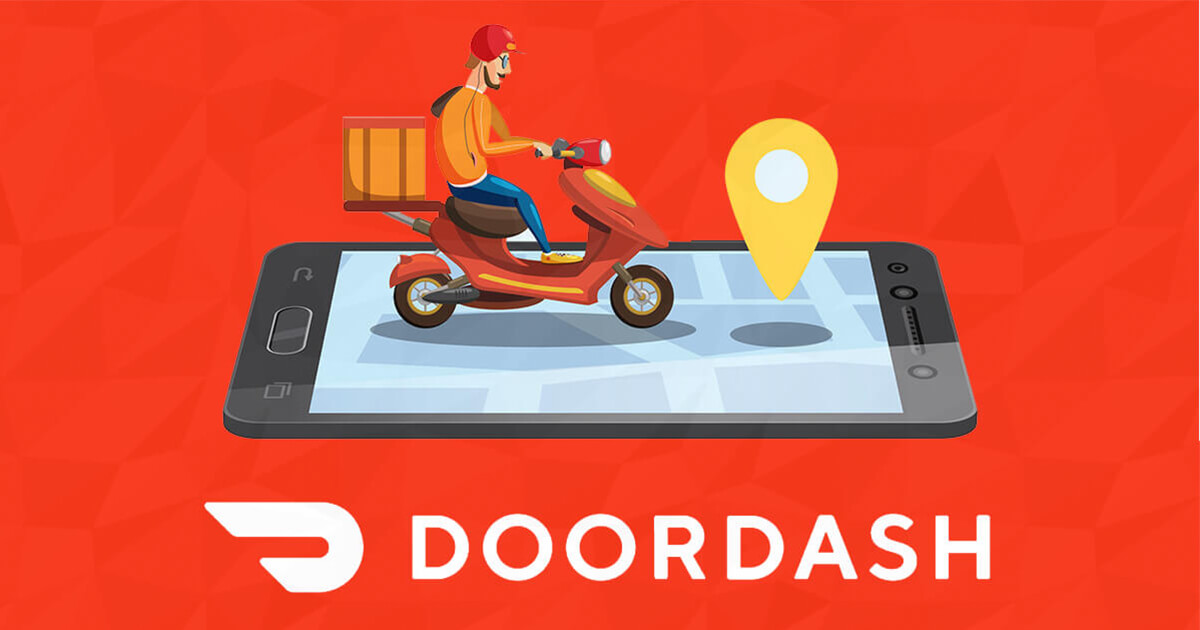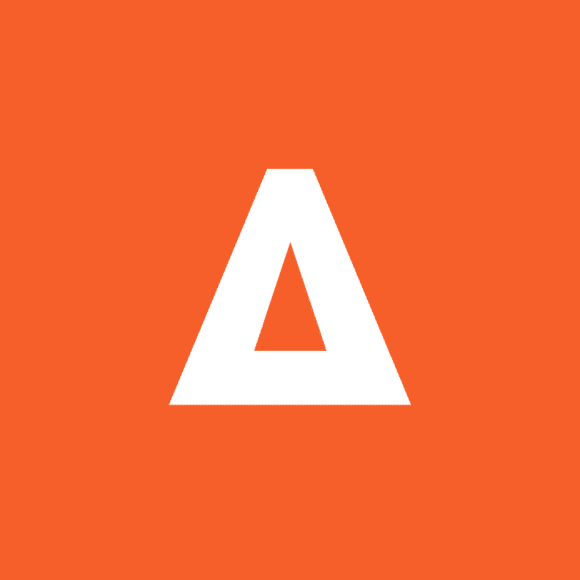DoorDash’s growth strategy: why simplicity succeeds

How did DoorDash go from floundering startup to one of the biggest brands in the world? Check out the key tenets of the DoorDash growth strategy.
Way back in 2013, DoorDash was born – a San Francisco based startup, specialising in food delivery, that gatecrashed a highly competitive market. As recently as 2016, it looked like DoorDash was going to become just another one of many delivery startups that fail. Its investors lowered the share price, and the company raised a down funding round in a bid to stay afloat. Now, DoorDash is one of the biggest brands in the world, and is worth an estimated $2 billion.
How does a company bounce back from the brink of extinction and dominate a market full of big players? The secret is in DoorDash’s growth strategy.
What’s DoorDash?
The premise of DoorDash is pretty simple. DoorDash is known for being a third-party food delivery service, in the same vein as Uber Eats and Grubhub. In reality, it’s much more than that – the brand’s founders call it an ‘on-demand logistics based startup’, with the potential to branch out from food delivery to just about anything. As Toby Espinosa, Head of Business Development at DoorDash put it:
Every product that we consume will most likely be delivered at some point in our lives in two hours or less; the first manifestation of that is food.
It currently operates in North America, Canada, and, as of September 2019, Australia.
DoorDash is designed to be the connecting force between brands and consumers. Users order food via the app, restaurants prepare the food, and the food is picked up and delivered by ‘Dashers’. It’s not rocket science, but it benefits a lot of different people: the users, who have access to more foods on delivery; the restaurants, who can expand their customer base; and the Dashers, who can work flexible hours. DoorDash makes its money from the commission charged to the customer.
DoorDash’s customer segments
DoorDash’s customer base is split into three segments:
Users:
- People who don’t want to/are too busy to cook
- Companies ordering for their teams
- Foodies who don’t want to go out to restaurants
Restaurants:
- Restaurants who wouldn’t usually be able to deliver
- Restaurants with no seating
- Restaurants who want wider reach
Dashers:
- People who want a job with flexible timings

A recipe for success
DoorDash joined a competitive market, but it came out on top. The brand dominates market share in the third-party delivery space, and it’s steadily climbing – it held 35% of consumer spending in the US third-party delivery market in October 2019, and by December 2019 that figure hit 37%, ahead of (but closely followed by) Uber Eats and Grubhub.
The DoorDash brand is scaling rapidly, gaining velocity at an almost unbelievable pace. It was the first brand of its kind to be available in all 50 North American states, and it’s now expanded internationally, adding customers at a scale of around 30,000 per week. Equally impressive is how the brand has used its momentum to be a force for positive change – Project DASH, DoorDash’s initiative for reducing food waste, delivers surplus food from restaurants to those who need it. In 2018, the project saved over 50,000 pounds of food from going to waste. It’s a marriage of killer brand and killer purpose.
What’s DoorDash’s growth strategy?
How did DoorDash manage to knock it out of the park in a market dominated by giants? It’s all down to its growth strategy, and the core values the company weave into their day-to-day.
Being technologically-driven
It should be no surprise that a successful, modern start-up has technology at its core, but it’s how DoorDash uses its cutting-edge tech that gives the brand a leg up on the competition.
A notable example is how it integrates with its partnered restaurants, providing them with advanced data to help them understand consumer behavior. Retailers have access to in-depth insights – everything from which products are ordered most at particular times of the day, to what works best in particular locations. This helps providers improve the customer experience and influence business decisions.
On the consumer-facing side, DoorDash’s platform is designed to be super easy to use. Users get access to some aggregate data, too – each restaurant has a ‘delight score’, a rating from one to ten that’s based on a combination of delivery quality, customer feedback, and overall popularity.
Despite all of the complexity that goes into growing a logistics-based startup, DoorDash is a fan of the ‘simple is best’ motto. While platforms like Uber Eats are subject to a relentless torrent of new features, DoorDash dials it back, making UI as intuitive as possible – and it is paying off.
Differentiating from the competition
Food delivery is no new thing, and neither is third-party delivery. A copy-and-paste of Uber Eats would never have grown as quickly as DoorDash has – and its secret is in its differentiation.
DoorDash identified a gap in the market. The inner cities were flooded with delivery services, and those more metropolitan areas were spoiled for choice. The opportunity lay in the areas outside of inner cities, where people had far fewer delivery options available to them, and restaurants found it harder to grow their customer base. By targeting the suburbs, DoorDash could provide the most value, fill a need, and grow their brand – particularly in places like Australia, where suburban areas are largely ignored.
Find out how Attest helps you get ahead of the competition
Book a demoKeeping their options open
DoorDash does third-party food delivery, but it won’t always just do third-party food delivery. The brand is set up to establish itself and then expand its product offering. In the words of DoorDash founder, Tony Xu:
Four, five years from now we want DoorDash to be a true logistics platform. When we founded the company, the goal wasn’t necessarily to start and end in restaurants. It was a starting point because 85% of restaurants don’t deliver, and because people eat 20 times a week. We thought it’d be a good bet, and it has been so far.
The blend of brand and performance
The DoorDash brand is well-recognised. Not only is it a brand with purpose (a trait that consumers value highly, according to Attest research), it’s a brand that consistently meets its lofty goals. This is thanks, in part, to the blend of brand and performance.
DoorDash consistently delivers killer integrated marketing campaigns and acquisition efforts that are the result of solid cross-functional collaboration. Product, engineering, and brand are tightly linked, helping them to deliver the very best results.
Informed international expansion
When international expansion is on the agenda, there’s no room for guesswork. Doordash has data-driven strategy at the core of the company, and this is key to its successful (and rapid) growth both nationally and internationally.
When you introduce your brand to a new market, it needs to be delivered consistently. That consistency comes from a deep understanding of the brand’s positioning and customer data, but even with that, there’s a risk that new markets won’t respond in the same way as previous ones did. How do you get an understanding of a market you aren’t yet placed in? Lots of market research and analysis, on a regular basis.
Find out how fintech giant Klarna mastered their international expansion using consumer insights.
And research has changed a lot over the years – what once was a long process that cost an arm and a leg (and produced often-times dubious results) is now radically simple. Luckily for DoorDash, they exist in the modern-day – and platforms like Attest exist to make consumer research faster, more accessible, and higher quality than ever before.
Keen to learn more about international expansion, and how consumer insights fit into the process? Get your free copy of our Strategist’s Guide to International Expansion:
Tell us what you think of this article by leaving a comment on LinkedIn.
Or share it on:


